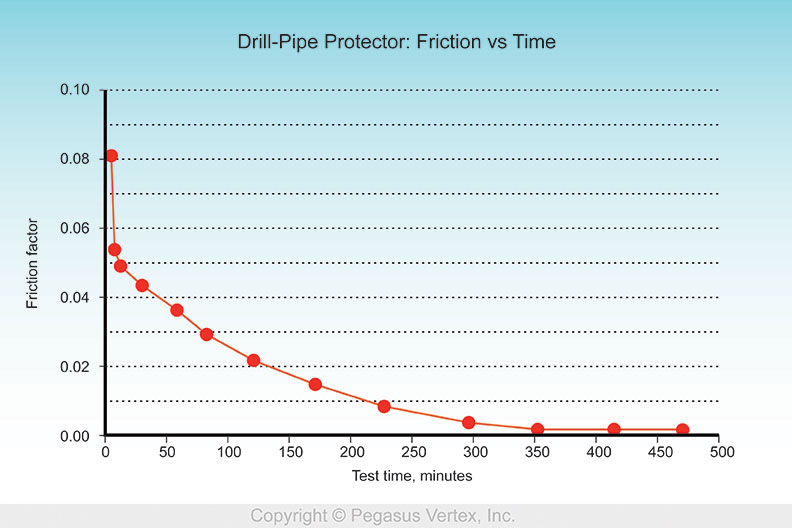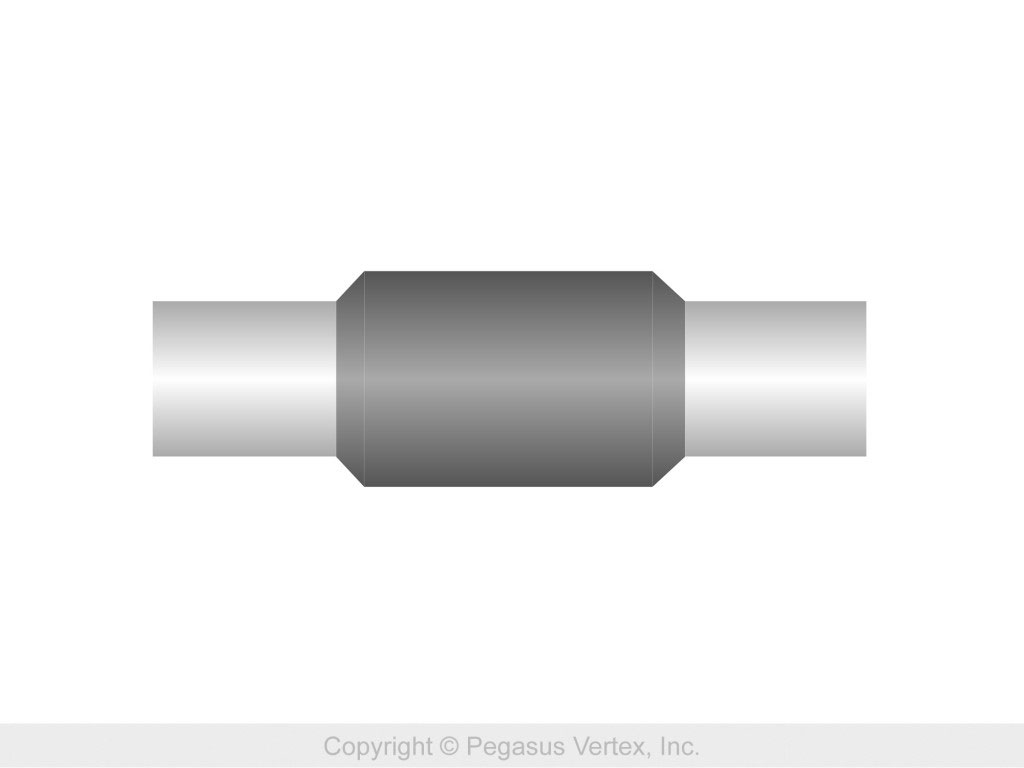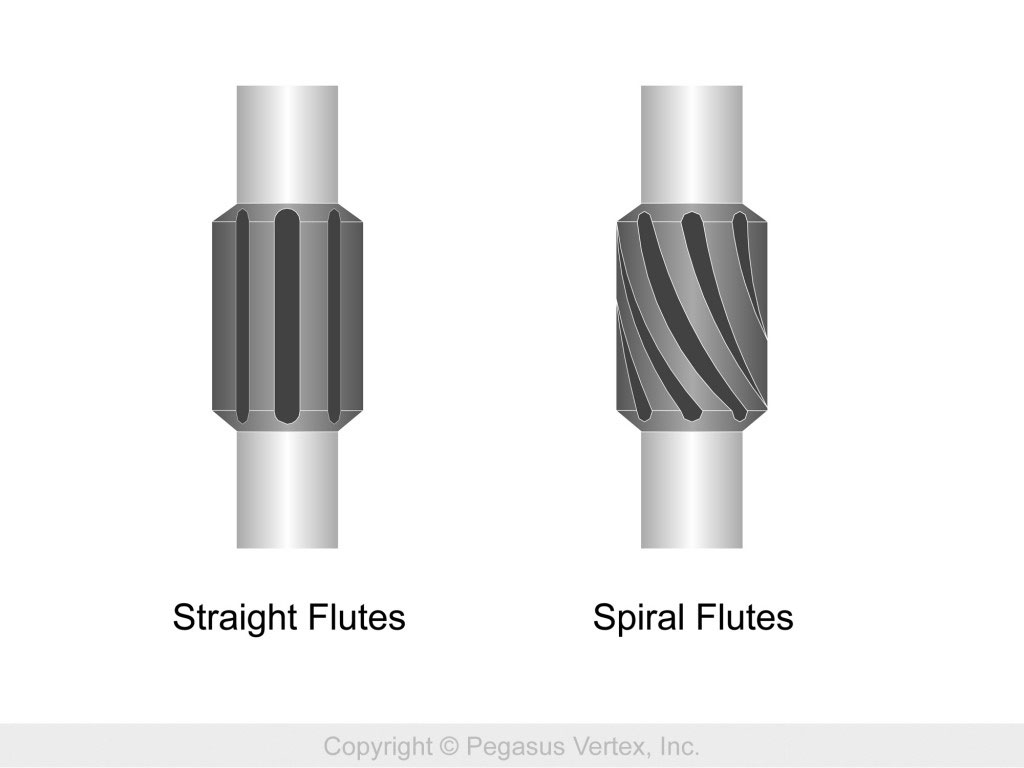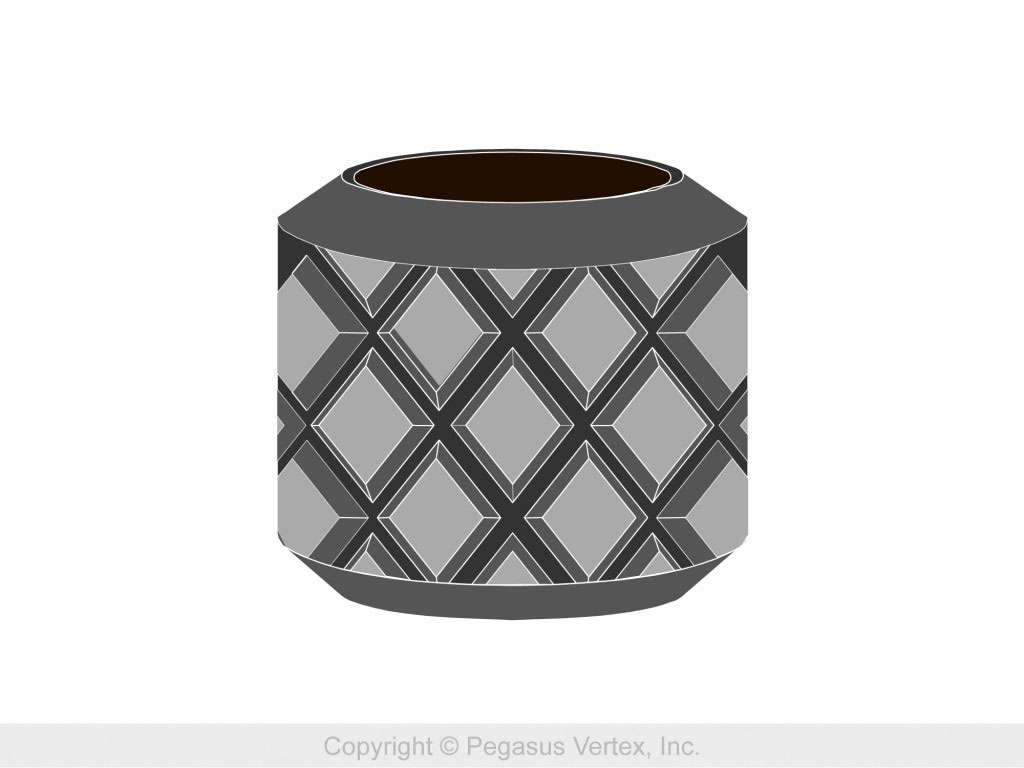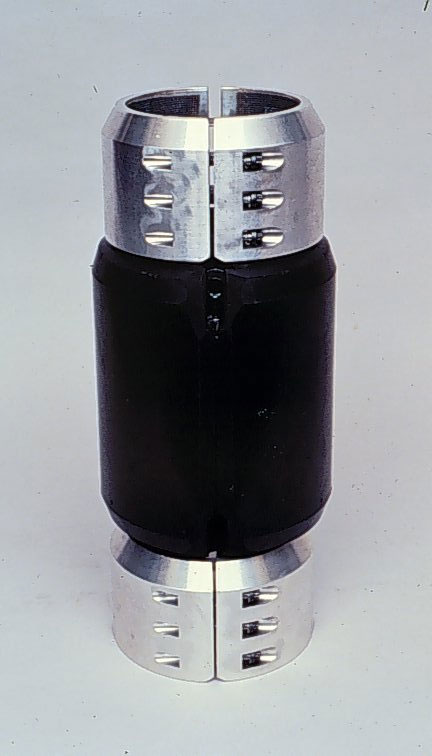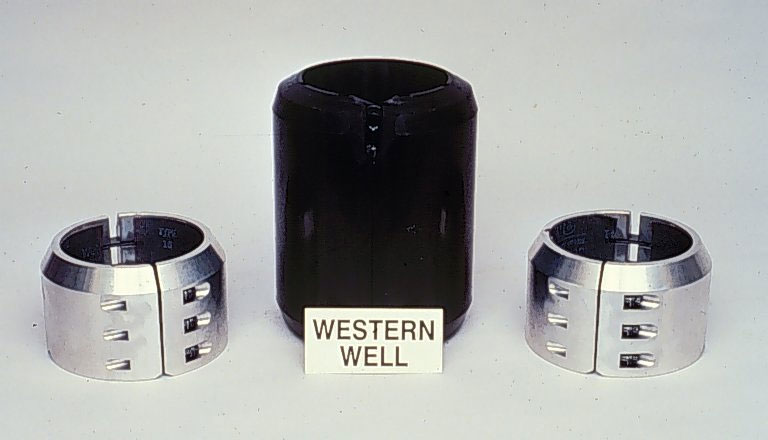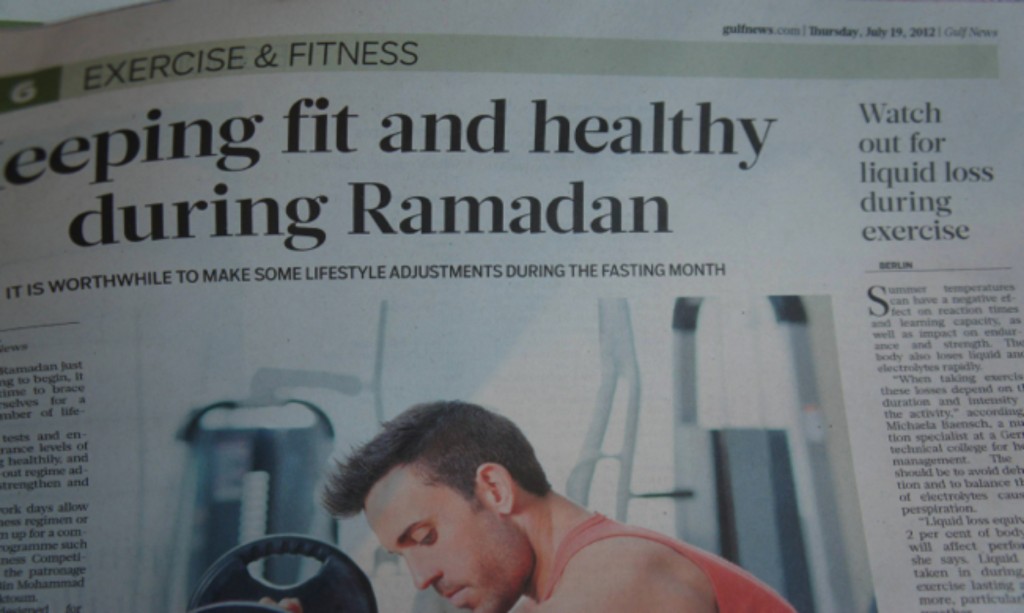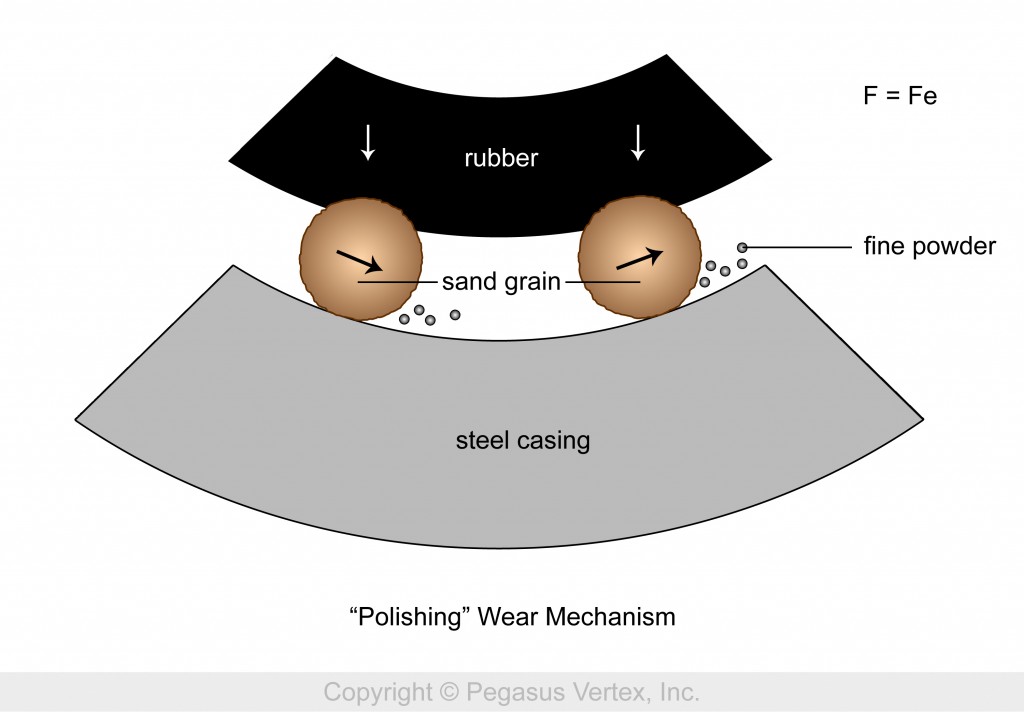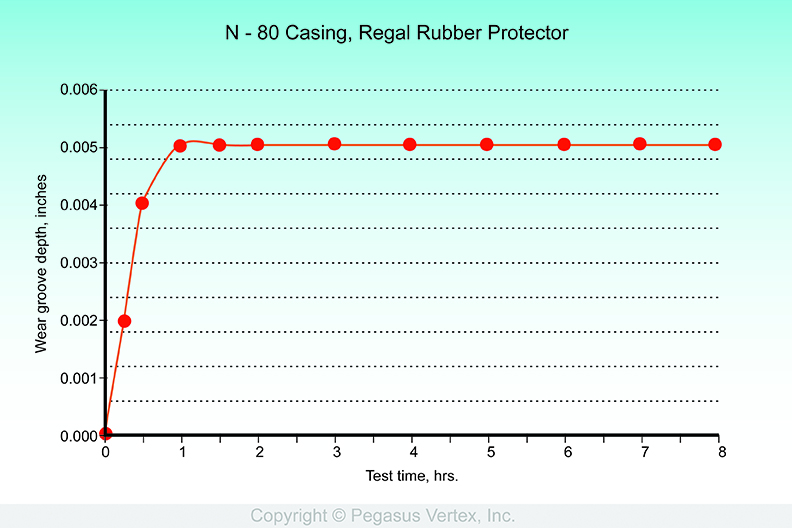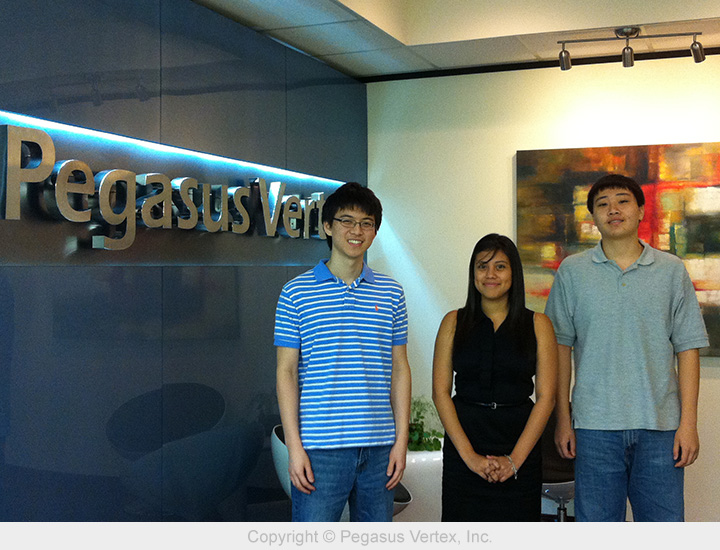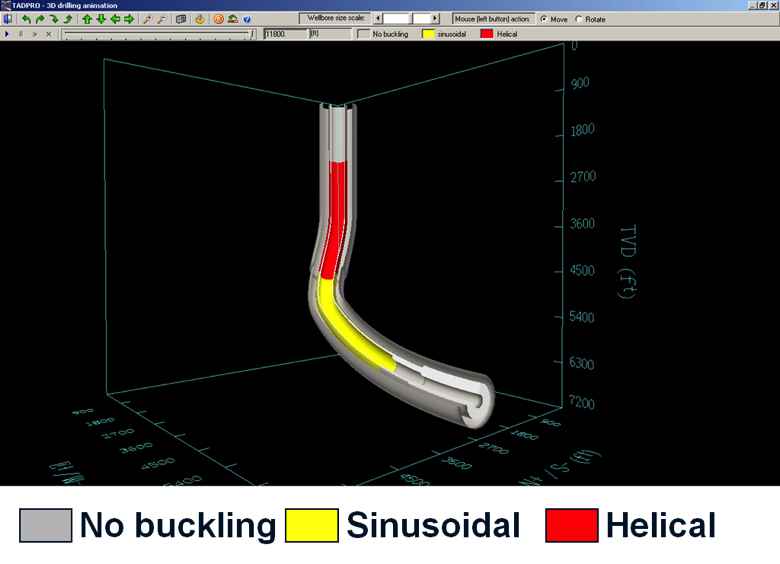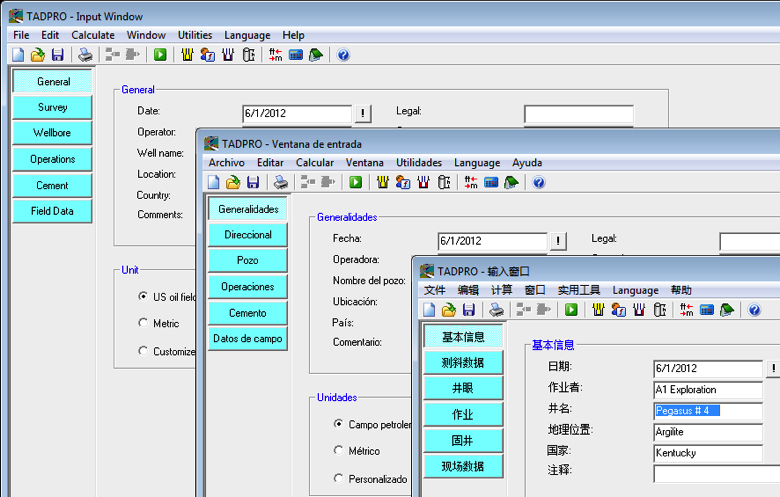Technology consumers want more powerful tools in smaller packages. They also want these packages to withstand physical abuse. This is especially true for drilling professionals concerning the equipment they rely upon.
Everyday devices show the smaller, smarter, and stronger trends. Cellular telephone manufacturers race each other to bring out smarter devices in smaller packages. Computer makers chase accelerating technology in an almost free-fall market for their smaller and smarter computing devices. Over decades of development batteries have slowly increased useful life and charge capacity. Their goal is to pack more punch in smaller volumes that adapt to person’s needs. Smaller, smarter and stronger are the trends.
Advances in drilling technology parallel advances in other tech-intensive businesses. In fact, the instrument package that gives the driller insight and control over the downhole assembly could not exist before the solid state circuit was practical in equipment. Solid state technology is essential to many current consumer and commercial products. The earliest instrument packages to accompany the bottomhole assembly consisted of connected single-gate (And, Nor, Not logic) components. These first circuits were much larger than today’s microscopic imprints and carried the limited intelligence of early 1960’s cutting edge technology. In perspective, it was similar technology that allowed the United States to go into space.
Down in the borehole, delicate circuits shattered under the vertical acceleration (about 100 gravities) created by a drilling bit in action. Researchers immobilized the electronics in a solidifying gel. This solution protected the package contents. As drilling tests continued through the 1970’s, electronics development made packages more capable of sensing and recording data in the same or smaller space. Current instrumentation can measure these greatly expanded factors:
* Formation properties and content
* Borehole direction
* Casing wear damage
* …and for directional drilling, the instrument let the driller steer the downhole assembly.
Batteries presented their own difficulties for instrument designers. The heat and violent vertical acceleration of the bottomhole assembly shortened battery life. So, instrument designers used mud motors developed in the 1980’s and early 1990’s to power the electronics package. The mud motor is a form of turbine rotated by the forced flow of drilling mud down the drill pipe. The mud motor’s primary purpose is to power drilling bit rotation and power the directional steering motors of the downhole assembly.
When people see footage of the first Red Stone and Atlas rockets spectacularly exploding on launch, they usually don’t appreciate that it is these failures that were the hard but necessary steps to later successful launches. Mud motors like instrument packages had a tough beginning. The mud motors which now function for days operated only for 20 minutes when first deployed.
People tend to forget the not-so-glorious uphill struggles that precede success. It took 20 years to develop a stable and reliable dowhhole instrument package. The mud motor took a few years less. Drilling professionals and researchers work through the failures and marginal successes to find better designs and more reliable tools that will be smaller, smarter, and stronger.

